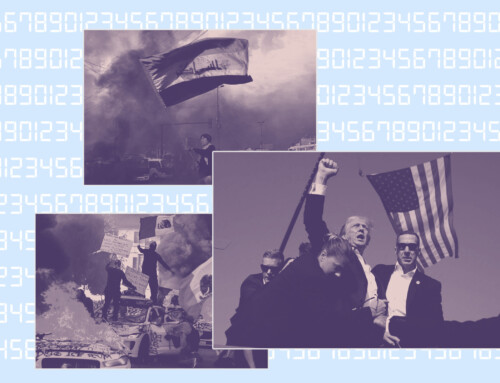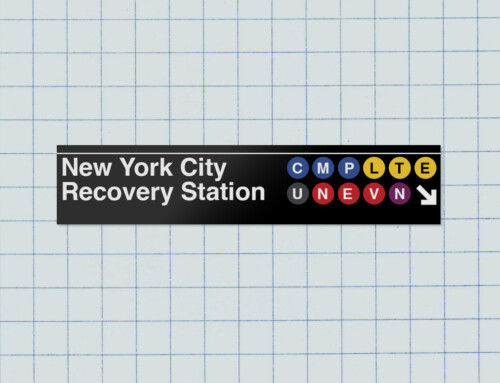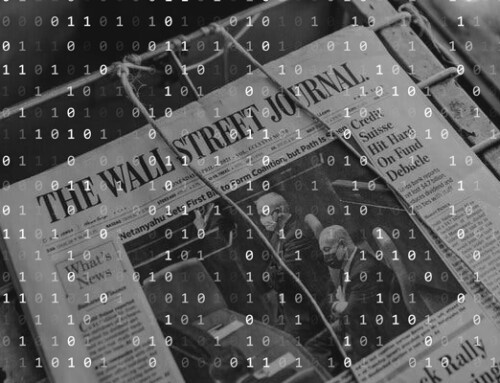Paul Krugman
July 11, 2017
The days when surging world trade was the big story seem like a long time ago. For one thing, trade has stopped surging, and seems to have plateaued. For another, we have faced more pressing issues, like financial crisis.
But I recently gave a presentation on trade issues, have been playing around with them again, and anyway want to take occasional breaks from the headlines. So I find myself trying to find simple ways to talk about “hyperglobalization,” the surge in trade from around 1990 to the eve of the Great Recession. None of the underlying ideas is new, but maybe some people will find the exposition helpful.
The idea here is to think about the effects of transport costs and other barriers to trade pretty much the same way trade economists have long thought about “effective protection.”
This concept was introduced mainly as a way to understand what was really happening in countries attempting import-substituting industrialization. The idea was something like this: consider what happens if a country places a tariff on car imports, but not on imports of auto parts. What it’s really protecting, then, is the activity of auto assembly, making it profitable even if costs are higher than they are abroad. And the extent to which those costs can be higher can easily be much bigger than the tariff rate.
Suppose, for example, that you put a 20% tariff on cars, but can import parts that account for half the value of an imported car. Then assembling cars becomes worth doing even if it costs 40% more in your country than in the potential exporter: a nominal 20% tariff becomes a 40% effective rate of protection.
Now let’s switch the story around, and talk about a good an emerging market might be able to export to an advanced economy. Let’s say that in the advanced country it costs 100 to produce this good, of which 50 is intermediate inputs and 50 assembly. The emerging market, we’ll assume, can’t produce the inputs, but could do the assembly using imported inputs. There are, however, transport costs – say 10% of the value of any goods shipped.
If we were talking only about trade in final goods, this would mean that the emerging market could export if its costs were 10% less – 91, in this case. But we’ve assumed that it can’t do the whole process. It can do the assembly, and will if its final costs including inputs are less than 91. But the inputs will cost 55 because of transport. And this means that to make exporting work it must have cost less than 91-55=36, compared with 50 in the advanced country.
That is, to overcome 10% transport costs this assembly operation must be 28% cheaper than in the advanced country.
But this in turn means that even a seemingly small decline in transport costs could have a large effect on the location of production, because it drastically reduces the production cost advantage emerging markets need to have. And it leads to an even more disproportionate effect on the volume of trade, because it leads to a sharp increase in shipments of intermediate goods as well as final goods. That is, we get a lot of “value chain” trade.
This, I think, is what happened after 1990, partly because of containerization, partly because of trade liberalization in developing countries. But it’s also looking more and more like a one-time thing.







